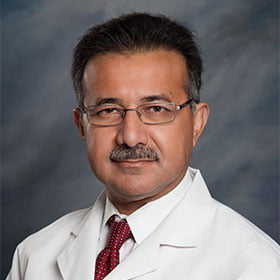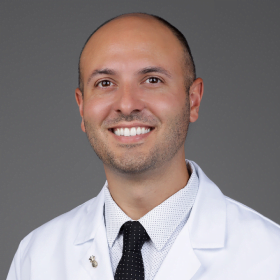Interesting and Latest Research
Each year, about 45,300 new cases of cancer are found in parts of the body where human papillomavirus (HPV) is often found. HPV causes about 35,900 of these cancers.
HPV study could lead to new screening for cervical cancer
The randomized, controlled study involved 19,009 women (16,374 completed the study) and was conducted by McGill University and the University of British Columbia. About half (8,296) of the women used the HPV test to screen for cervical cancer and the other half (8,078) used the Pap smear.
At 48 months, the investigators found significantly fewer indicators of pre cervical cancer (cervical intraepithelial neoplasia grade 2 or worse) among women who underwent HPV testing versus the Pap smear. Cervical intraepithelial neoplasia (cervical dysplasia) is usually caused by HPV and can progress to cancer if not treated.
According to Rachel L. Winer, PhD, associate professor of epidemiology at the University of Washington who is affiliated with the University’s HPV research group (but who was not part of the study), these results could lead the way for cervical cancer screening to reach women who are underserved or who have not been screened.
One huge advantage of HPV screening for cervical cancer is the possibility women could take a sample at home themselves and then mail the sample to their doctor or a lab for interpretation. This opportunity would open up testing to more women, including those reluctant to go to a clinic or doctor for the test.
The HPV screen is more accurate than the Pap smear because it doesn’t depend on human interpretation of the samples. Instead, all that is necessary is verification of the presence of active HPV.
Dr. Constance Mao, a University of Washington Medicine ob-gyn and an HPV researcher for decades, has done some of her own research. She was involved in a four-year study that followed 1,800 women who took swabs at home for HPV and then mailed them to a physician. More than 50 percent of the women in the study preferred to take their own samples than be screened during a pelvic exam in a clinic.
In the near future, women could have an opportunity to use the HPV screen at home instead of going to a doctor or clinic, and get results that are more accurate and less expensive.
Sources
Ogilvie GS et al. Effect of screening with primary cervical HPV testing vs cytology testing on high-grade cervical intraepithelial neoplasia at 48 months.
Rising Rates of HPV Head and Neck Cancer in Men
The article, “New evidence shows why the HPV vaccine is as important for boys as girls,” addresses the concerns surrounding this rising prevalence of oral cancer among males. The call for action is championed by Dr. Maura Gillison, an MD Anderson oncologist who was one of the first experts to point out the increasing epidemic of HPV throat cancers about two decades ago.
According to Dr. Gillison, the public still considers HPV to be mainly a problem among women because of its association with cervical cancer. However, she states, “I think people have to be aware that the burden of HPV-positive oropharynx cancer in men in the United States now exceeds the burden of cervical cancer diagnosed each year.”
Her message, and that of other experts, is that the HPV-related tumors could be prevented with the administration of just a few shots of the vaccine. But there’s a catch: Merck, the maker of the Gardasil vaccine used in the United States does not have an FDA-approved indication for the prevention of cancers of the head and neck.
According to the Statarticle, “Though most experts have little doubt that the vaccine prevents HPV infections anywhere in the body and therefore the resulting cancers, technically this has not been proven.”
Gillison and others are pushing for more males to be vaccinated and are interested in the impact of introduction of the HPV vaccine to reduce the likelihood of HPV infection not in individuals who are vaccinated but in men who are not.
To that end, a study published in the Journal of the American Medical Associationin September 2019 showed that between 2009 and 2016, vaccination rates in the study sample among men increased from 0 percent to 5.8 percent. During that time, the strains most likely to cause cancer declined from infecting 2.7 percent of unvaccinated men to 1.6 of unvaccinated men.
The bottom line, according to Dr. Otis Brawley, the Bloomberg distinguished professor at the Johns Hopkins School of Public Health, is that “it is evidenced that the HPV vaccine in boys and girls will prevent head and neck cancer in the future.”
One significant challenge is that it takes decades between the time an individual gets infected with HPV and the development of cancer. That means studies need to be long-term and researchers need to be patient and vigilant as the number of head and neck cancer may continue to rise as they push for more compliance with vaccinations.


















































